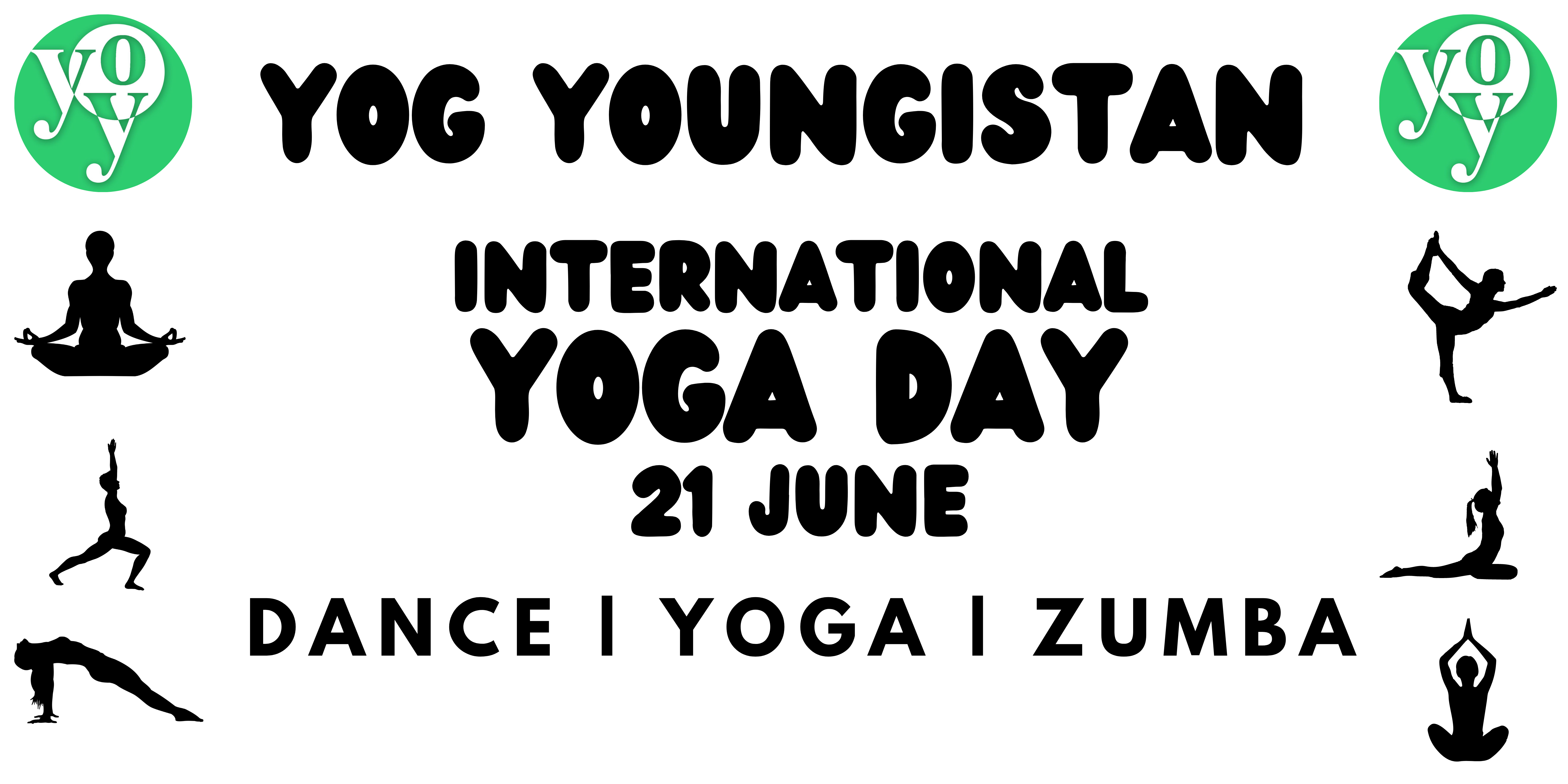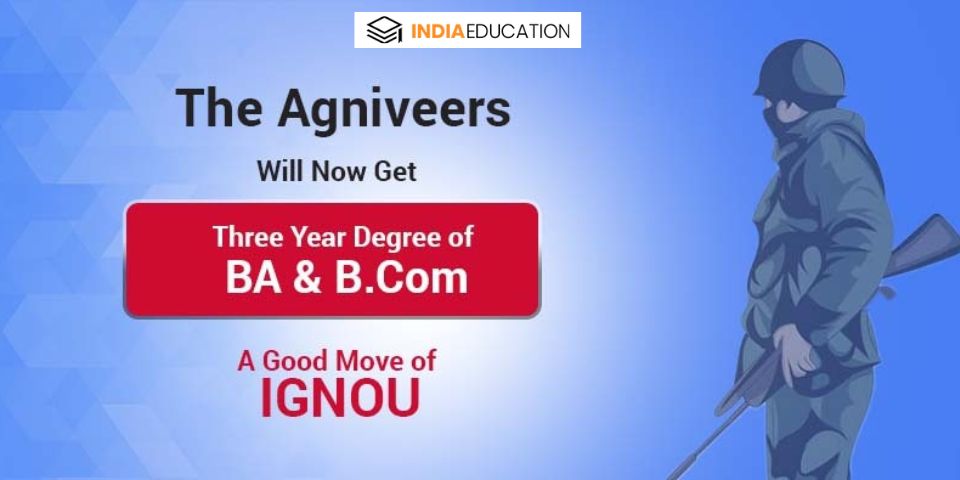
International Yoga Day 2022: 15 best yoga poses for beginners to get started.
Sonalika S.

The International Day of Yoga has been celebrated annually on June 21 since 2015. As a beginner in yoga, you might feel overwhelmed by the sheer number of postures and their odd-sounding names. Also, yoga doesn’t have to be challenging, if you wake up from your bed and stretch your arms over your head, already counted, you have already done a yoga pose. And remember that your yoga practice is a lifelong pursuit offering you plenty of time to learn scores of postures.
Here is Yoga Youngistan – Science of Youth. Yoga Youngistan was established by Dr. Sanjeev Sood (DNYS) to spread Yog as a science to Youth globally.
Yoga Youngistan made beginners learn basic postures comfortably because people’s bodies bend and fold naturally into poses. Also, trainers provide a good idea to keep things simple when you’re just starting. Then, gradually as you build your practice, you can take on more challenging poses.
Here are the best 15 yoga poses to celebrate this International Yoga Day 2022 that including:
S.No. | Yoga poses |
1 | Savasana – Corpse Pose |
2 | Balasana – Child pose |
3 | Adho Mukha Svanasana- Downward facing Dog |
4 | Chakravakasana- Cat-Cows Pos |
5 | Vrksasana – Tree Pose |
6 | Kumbhakasana – Plank pose |
7 | Tadasana – Mountain pose |
8 | Uttanasana – Forward Fold Pose |
9 | Utkatasana – chair pose |
10 | Sukhasana – Easy seated pose |
11 | Urdhva Mukha Svanasana – Upward-Facing Dog Pose |
12 | Trikonasana – Triangle Pose |
13 | Setu Bandha – Bridge Pose |
14 | Ananda Balasana- Happy child |
15 | Sukhasana – Easy Seated Pose |
Savasana – Corpse Pose
Savasana, or corpse pose, is one of the most important poses in yoga but, unfortunately, also the most skipped. This international yoga day 2022 focus on Savasana pose equally in your yoga classes. Savasana helps in the complete relaxation of the body. It helps with insomnia, headaches, blood pressure reduction and mild depression. This simple-sounding pose can be really hard to do if you are not able to relax your body and mind.
Corpse Pose- Step-by-step instructions.
Lie on your back and let your arms and legs drop open.
When your body begins to relax, take slow deep breaths and feel your body rising and falling with each breath you take.
Release all the control over your breath, body, and mind. Let your body move to a state of total relaxation.
Stay in the corpse pose for 10-15 minutes.
Balasana – Child pose
Child pose, or Balasana, is usually done in between the yoga poses when you need to take a breather or when you are feeling lightheaded or dizzy. The name Balasana is derived from the Sanskrit word “Bala”, meaning “child-like and young”. Child pose is one of the best pose to celebrate International Yoga Day 2022 that helps us remember that in-action can also be as valuable as action and doing. This pose helps with blood circulation, digestion, and tension relief.
Balasana- Step-by-step instructions.
Get on your hands and knees. Make sure that the top of your feet is touching the floor.
Bring your belly to rest between the knees and place your forehead on the floor. Stretch your arms in front of you with your palms facing toward the floor.
Take deep breaths and stay for 30 seconds to a few minutes in the pose.
Adho Mukha Svanasana- Downward-facing Dog
Downward-facing dog, or Adho Mukha Svanasana, is the first pose you will probably learn if you are a beginner and starting your yoga journey. It is one of the poses in the sun salutation. At first, the downward-facing dog pose can seem challenging but can be easily done over time. This pose has many benefits, including an increase in blood circulation and toning of the body.
Downward-facing Dog- step-by-step instructions
Come to your hands and knees. Make sure your hands are aligned with your shoulders and your knees with your hips.
Lift your knees off the ground. At first, keep your knees a little bent and your heels lifted off the ground. Lengthen your tailbone.
On an exhale, stretch your thighs and flatten your heels to the ground. Also, straighten your knees. Keep your head between your arms.
Stay in this pose for 10 breaths or more. Once done, lower your knees on an exhale and lower yourself to a child’s pose.
Chakravakasana– Cat-Cows Pose
Chakravakasana, or Cat-Cow Pose, is known to improve one’s balance and posture. It’s usually done at the beginning of a yoga class as it helps with spinal movement and stretching. The Cat Cows pose is ideal for people with back pain. This pose helps warm the body and brings flexibility to the spine.
Cat-Cows Pose- step-by-step instructions
Come to your hands and knees. Make sure your hands are aligned with your shoulders and your knees with your hips.
Start with a cow pose. Inhale as you drop your belly towards the floor and lift your chin and chest. Gaze up towards the ceiling.
Exhale and come to the cat pose by lifting your belly to your spine and rounding your back towards the ceiling. Release the crown of your head towards the floor but don’t touch your chin to your chest.
On an inhale, go back to cow pose. Then exhale and come to a cat pose.
Repeat 10-20 times.
Vrksasana – Tree Pose
Vrksasana, or Tree Pose, is derived from the Sanskrit words “Vrksa”, meaning “tree”, and “asana”, meaning “pose”. This pose duplicates the graceful and steady pose of a tree. Tree pose requires concentration, balance, and coordination and is known to improve balance, stability, and strength.
Tree pose- Step-by-step instructions.
Standing straight on both feet, distribute your weight evenly across all four corners of your feet.
Slowly lift your left foot and shift all your weight to the right knee. Make sure that you don’t lock your right knee.
Put the sole of your left foot on your right thigh and fix your gaze on any object that doesn’t move to help you concentrate.
Take 5 to 10 breaths, and lower your left foot to the floor. Repeat the same process for the right leg.
Kumbhakasana – Plank pose
Kumbhakasana or plank pose is known to help strengthen the core muscles of shoulders, arms, stomach and legs. The word Kumbhakasana is derived from the Sanskrit word “Kumbhaka” meaning the holding of breath and “Asana” meaning pose. This pose helps in strengthening and toning the body.
Plank Pose- step-by-step instructions
Start by coming to your hands and knees on the floor. Make sure your hands are aligned with your shoulders.
Start putting more of your weight on your forearms and hands. Step back on your toes and straighten your legs.
Make sure your body is aligned in a straight line and your hips are not dropping.
Hold this pose for 5 breaths as a beginner. Once you build your stamina, you will be able to hold this pose for minutes.
Tadasana – Mountain pose
Tadasana, or Mountain pose, is considered the basic foundation of all the standing poses in yoga. Although this pose is really easy to do and does not tyre you out much, practicing it daily can improve your health efficiently. This asana or pose is often recommended for children to increase their heights. Some of the most common benefits of mountain pose, or tadasana, are improvement in posture, increase in height, help with weight loss, and improved breathing.
Mountain pose – Step-by-step instructions.
Stand on your mat with your feet slightly apart and hands alongside your sides.
Take a deep inhale and slowly stretch your hands upward and interlock your fingers.
Raise your heels and stand on your toes. Make sure the palms of your hands are facing upward.
Stretch your shoulders, arms, and stomach up.
Hold this pose for a few moments, then exhale and return to the standing position.
Uttanasana – Forward Fold Pose
Uttanasana, or forward fold pose, is probably the first pose you will learn as a beginner. This pose is often misunderstood or misinterpreted. Many people believe that uttanasana is about bending forward and touching your feet, but uttanasana is actually about stretching your entire back body. This pose helps calm the mind and relieves stress.
Forward Fold Pose- Step-by-step instructions.
Start with a mountain pose with your feet slightly apart and hands to your side.
Bend your knees slightly and bend your upper body forward. Remember to bend from your hips, not your back.
You can place your hands next to your feet or on the ground.
Inhale and expand your chest to lengthen your spine.
On an exhale, come back to the starting position.
Utkatasana – chair pose
Utkatasana is a sanskrit word translated as “Fierce Seat” or “Powerful Pose” in english. This pose might seem as easy as seating on a chair, as its name suggests, but is actually really difficult to do. This pose requires a lot of concentration and determination. Chair pose is known to strengthen your body and improve confidence and focus.
Chair pose- Step-by-step instructions.
Start with tadasana or mountain pose.
Exhale and slowly bend your knees. Bring your hips back as if you are sitting on a chair.
Make sure to bend your hips backwards and not your knees forward.
Bring your hands up around your ears and try stretching your body by reaching upward.
Hold this pose for 5 to 10 breaths and slowly come back to tadasana.
Sukhasana – Easy Seated Pose
Sukhasana, or Easy seated pose, is a comfortable, cross-legged seated pose. In an easy seated pose, easy doesn’t mean the opposite of difficult, but it actually means “with ease”.The word “sukhasana” means position and peace. This pose is the main pose of yoga and meditation. Although easy to do, this pose has many health benefits including improved concentration, reduces anxiety and stress, improves the overall posture of the body and improved blood circulation.
Easy seated pose- Step-by-step instruction.
Sit straight on the floor with your legs stretched in front of you.
Slowly bend your left leg and place your foot under the right leg. Repeat the same process for the right leg.
Place your palms on your knees and straighten your back.
Close your eyes and take deep breaths. Try to relax your hold body.
Practice this for 1 minute as a beginner.
Urdhva Mukha Svanasana – Upward-Facing Dog Pose
Urdhva Mukha Svanasana (Upward-Facing Dog Pose) is an important aspect of the Surya Namaskar series, this International Yoga Day 2022, this powerful backbend spreads your heart and lifts your head while enhancing your posture with all physical activities that can fight emotions of depression and tiredness.
Upward Facing Dog Pose– Step-by-step instruction.
Start on your belly with your feet hip-distance separated and your hands positioned beside your lower ribs.
Stretch your legs and turn your inner thighs to the ceiling while setting your outer ankles into your midline.
Press down with your hands and feet. On an inhalation, straighten your arms and lift your legs.
With your arms perpendicular to the floor, your feet anchored, and your legs active, draw your chest forward and up.
Trikonasana – Triangle Pose
An extended Triangle is good for lengthening the spine and strengthening the thighs and torso, one of the most recommended poses for weight loss. This pose also stretches the hips, groin, hamstrings, calves, shoulders, chest, and spine. This posture improves digestion by stimulating the abdominal organs.
Triangle Pose- Step-by-step instruction.
Turn your left foot in slightly and your right foot out to 90 degrees.
Exhale and extend your torso to the right, bending from your hip joint, not the waist.
Reach your right hand down toward the floor and stretch your left arm toward the ceiling, in line with the tops of your shoulders.
Open your torso to the left, keeping the left and right sides of the torso equally long. Stay in this pose for 30 to 60 seconds.
Setu Bandha – Bridge Pose
Setu Bandha comes from two Sanskrit words, namely “setu” meaning “bridge” and “bandha” meaning “lock”. In this pose, your legs and arms form a ” locked bridge” structure with your body. Bridge pose has many benefits, including relief from stress, anxiety, headaches, and mild depression.
Bridge Pose – Step-by-step instructions.
Lie on your back, knees bent, and arms at your sides, palms facing down.
On an inhale, slowly lift your upper back, middle back, and lower back off the floor. Roll your shoulders back and bring your chest to your chin.
Keep both your thighs parallel to each other and breathe slowly.
Hold this pose for a minute or two and come back to your starting position on an exhale.
Ananda Balasana- Happy child
Ananda Balasana, or Happy child pose, includes laying on your back and rolling side to side. This pose is also known as the Happy baby pose, as while in this pose you will resemble a baby happily laying on his back. This pose is great for beginners as it’s relatively easier than other poses we have discussed. The happy child pose reduces lower back pain, eases anxiety, stretches inner thighs and spine, and lowers heart rate.
Happy child pose- Step-by-step instructions.
Firstly, lie flat on your back with your head flat on the floor.
Fold your legs at a 9+ degree angle to your body.
Grab your feet with your hand and spread your knees toward your armpits.
Now, slowly start to roll side by side like a happy child.
Stay in this position for several breaths.
Malasana – Garland pose
Malasana, or Garland pose is the deep squat of yoga that stretches and strengthens the ankles and feet. This pose is comparatively easy to do which makes it beginner friendly. We all know that squats are known for toning the lower body. Similarly, this deep squad also focuses on strengthening and toning the lower body.
Garland pose – Step-by-step instructions
Start by standing straight with your feet spread a little wider than your hips.
Fold your hands in a namaste, or prayer pose, in front of your chest.
Now, slowly lower yourself into a squat and bring your elbows inside your knees. Use your elbows to press open your knees.
Hold for a few breaths.
Latest News
People Reading Now

CBSE Compartment Result 2023 OUT: Click For Direct Link



CSAB 2023: Special Round Registration Begins Today

